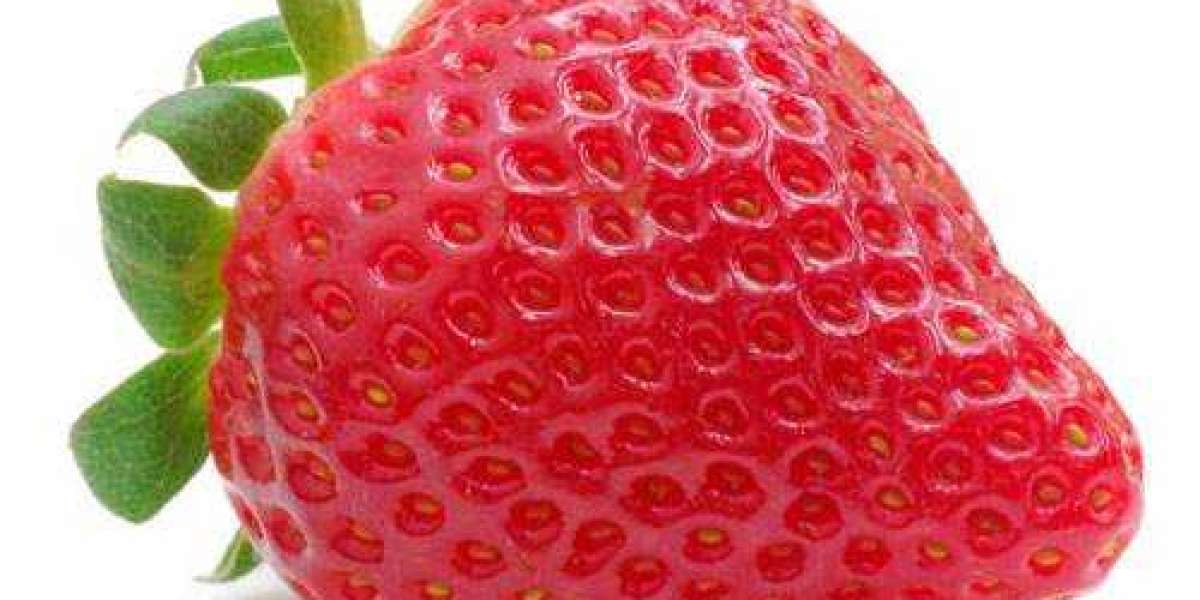The Europe dairy alternatives market size is undergoing a remarkable transformation. In 2023, it reached a valuation of USD 4,468.59 million, and according to market forecasts, it is poised to continue its growth at a CAGR of 10.3% in the forecast period of 2024-2032, ultimately reaching a staggering USD 10,840.51 million by 2032. This unprecedented surge in the dairy alternatives market reflects a significant shift in consumer preferences and values. In this blog post, we will delve into the factors behind this rise, the current market landscape, and the trends shaping the future of dairy alternatives in Europe.
Historical Perspective
To understand the remarkable growth of dairy alternatives in Europe, we must first take a glance at the historical context. For centuries, traditional dairy products held a dominant position in European diets. Milk, cheese, and yogurt were staples in households across the continent. However, as we entered the 21st century, a new trend began to emerge. People were becoming more health-conscious, and concerns about lactose intolerance and dairy allergies prompted many to seek alternatives.
The emergence of dairy alternatives in Europe can be traced back to the late 20th century, with soy milk being one of the earliest contenders. It was primarily marketed to those with lactose intolerance or vegan preferences. Early adoption was modest, but it laid the foundation for the rapid growth we see today.
Current Market Landscape
Market Size and Growth Statistics
The Europe dairy alternatives market has witnessed an astonishing surge in recent years. In 2023, the market surpassed the USD 4 billion mark, and it shows no signs of slowing down. The CAGR of 10.3% forecasted for 2024-2032 is a testament to the growing demand for dairy alternatives in the region.
Key Players and Popular Brands
Numerous companies have seized the opportunity presented by this growing market. Key players such as Alpro, Oatly, and So Delicious have established themselves as leaders in the European dairy alternatives landscape. These companies have not only expanded their product portfolios but have also invested in marketing campaigns to educate consumers about the benefits of dairy-free alternatives.
Product Segmentation
The dairy alternatives market in Europe encompasses a wide range of products. Beyond the traditional soy and almond milk, consumers can now choose from oat milk, coconut yogurt, cashew-based cheese, and more. This diversification is a response to the increasing demand for variety and innovative flavors.
Factors Driving the Rise of Dairy Alternatives
Health and Dietary Trends in Europe
One of the primary drivers behind the rise of dairy alternatives in Europe is the shifting dietary landscape. As consumers become more health-conscious, they are seeking products that align with their dietary preferences and restrictions. Lactose intolerance and dairy allergies are prevalent among Europeans, leading many to explore dairy-free options.
The rise of veganism and vegetarianism is also contributing to the demand for dairy alternatives. A growing number of Europeans are adopting plant-based diets for ethical, environmental, and health reasons. Dairy alternatives provide a convenient and nutritious way to meet their dietary needs.
Sustainability and Environmental Concerns
Environmental sustainability is a significant concern in Europe, and this extends to the food industry. The dairy industry has come under scrutiny for its environmental impact, particularly in terms of greenhouse gas emissions and land use. In contrast, many dairy alternative products have a smaller carbon footprint and are perceived as more environmentally friendly.
Consumers are increasingly making choices that align with their environmental values, which has led to a surge in the popularity of dairy alternatives. Companies have also responded by emphasizing their commitment to sustainability and ethical sourcing in their marketing strategies.
Influence of Celebrity Endorsements and Social Media
The influence of celebrities and social media cannot be underestimated. High-profile endorsements of dairy alternative products by celebrities and influencers have brought these products into the mainstream. The reach and impact of social media platforms have allowed consumers to share their experiences and recommendations, creating a ripple effect that drives the adoption of dairy alternatives.
Popular Dairy Alternatives in Europe
Overview of Various Dairy Alternatives Available
The dairy alternatives market in Europe offers a wide array of choices to consumers. Plant-based milk options include soy, almond, oat, rice, coconut, and more. These milks can be used in coffee, cereal, smoothies, and cooking, making them versatile substitutes for traditional dairy milk.
In addition to milk alternatives, European consumers can find dairy-free yogurts, cheeses, and ice creams. The taste, texture, and nutritional profile of these products have improved significantly over the years, making them appealing to a broader audience.
Regional Variations and Preferences
Europe is a diverse continent, and consumer preferences for dairy alternatives can vary by region. For example, almond milk might be more popular in Southern Europe, while oat milk gains traction in Northern Europe. Understanding these regional variations is essential for companies looking to establish a strong presence in the European market.
Consumer Favorites and Product Innovations
Some dairy alternative products have become favorites among European consumers. Oat milk, in particular, has experienced a surge in popularity due to its creamy texture and versatility. Additionally, innovative product launches, such as dairy-free cheese and yogurt with probiotics, have expanded the options available to consumers.
Challenges and Obstacles
While the growth of dairy alternatives in Europe is undeniable, the industry faces several challenges and obstacles that must be addressed.
Regulatory Hurdles and Labeling Issues
Regulatory bodies in Europe have stringent rules regarding food labeling and product claims. The dairy alternatives industry must navigate these regulations carefully. Labeling disputes over terms like "milk" and "cheese" have been a point of contention between traditional dairy producers and dairy alternative manufacturers.
Competition and Market Saturation
The rapid growth of the dairy alternatives market has attracted significant competition. While this benefits consumers with more choices, it also poses challenges for companies trying to differentiate themselves in a crowded market. Creating unique selling propositions and building brand loyalty are essential for long-term success.
Consumer Skepticism and Taste Preferences
Despite the increasing popularity of dairy alternatives, some consumers remain skeptical about the taste and texture of these products. Achieving taste parity with traditional dairy is an ongoing challenge. Manufacturers must invest in research and development to improve the sensory experience of dairy alternatives.
Future Projections
Market Growth Predictions for 2024-2032
The future looks bright for the dairy alternatives market in Europe. With a projected CAGR of 10.3% for the period of 2024-2032, the market is expected to exceed USD 10 billion by 2032. This growth will be driven by factors such as continued health consciousness, environmental awareness, and product innovations.
Potential Technological Advancements and Innovations
The dairy alternatives industry is ripe for technological advancements. Research and development efforts are focused on creating products that closely mimic the taste and texture of traditional dairy. Breakthroughs in flavor enhancement, texture modification, and ingredient sourcing are anticipated in the coming years.
The Role of Government Policies and Initiatives
Government policies can play a significant role in shaping the dairy alternatives market. Supportive policies that encourage sustainability and the development of plant-based foods can accelerate the growth of the industry. Conversely, regulatory challenges can pose hurdles for manufacturers.
Sustainability and the Environment
Environmental Impact Comparison: Dairy vs. Dairy Alternatives
A crucial aspect of the rise of dairy alternatives in Europe is their perceived environmental advantage. Traditional dairy farming is associated with significant greenhouse gas emissions, land use, and water consumption. In contrast, plant-based dairy alternatives often have a smaller carbon footprint and lower resource requirements.
Consumers who are environmentally conscious are increasingly choosing dairy alternatives as a way to reduce their ecological footprint. This shift in consumer behavior is driving companies to adopt more sustainable practices and transparent sourcing.
Efforts by Companies to Reduce Their Carbon Footprint
Many dairy alternative companies are taking proactive steps to reduce their environmental impact. From sourcing ingredients locally to implementing eco-friendly packaging, these efforts align with the values of environmentally conscious consumers. Companies that prioritize sustainability can gain a competitive edge in the market.
Consumer Awareness and Ethical Considerations
The rise of dairy alternatives in Europe is not solely driven by health and environmental concerns; ethical considerations also play a role. Consumers are becoming more aware of the ethical issues surrounding animal agriculture, including animal welfare and factory farming practices. Choosing dairy alternatives allows consumers to make more ethical choices regarding their food consumption.








